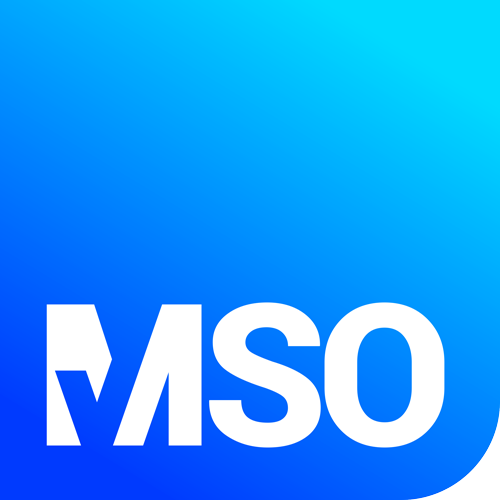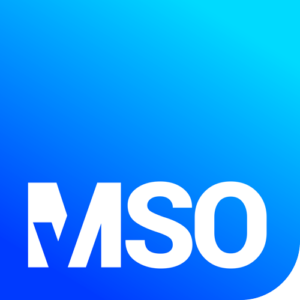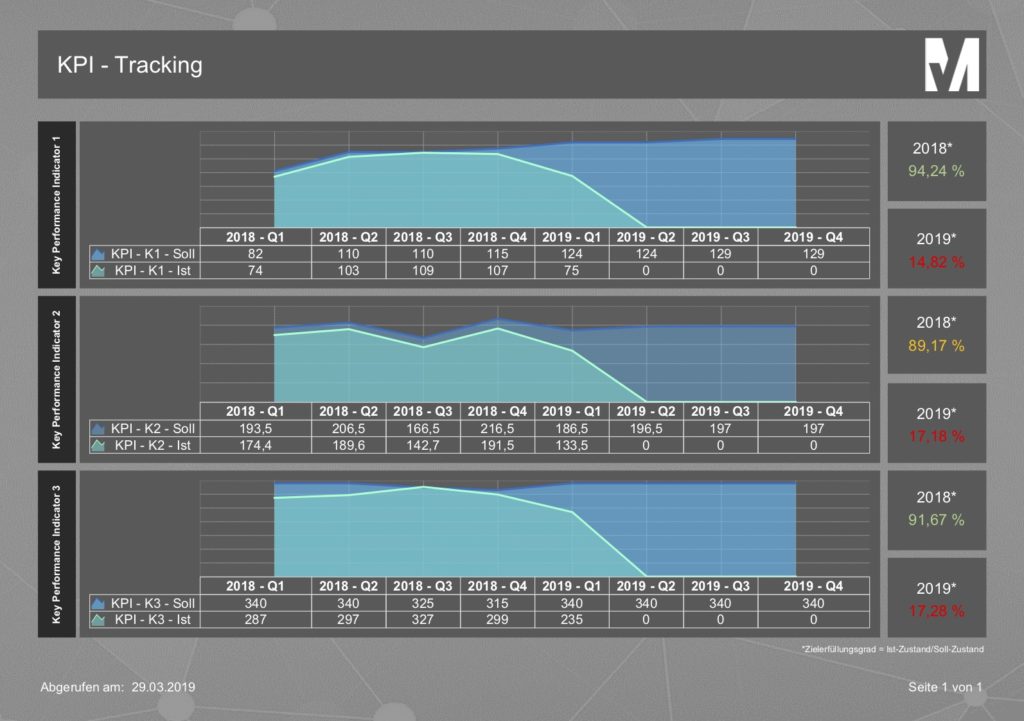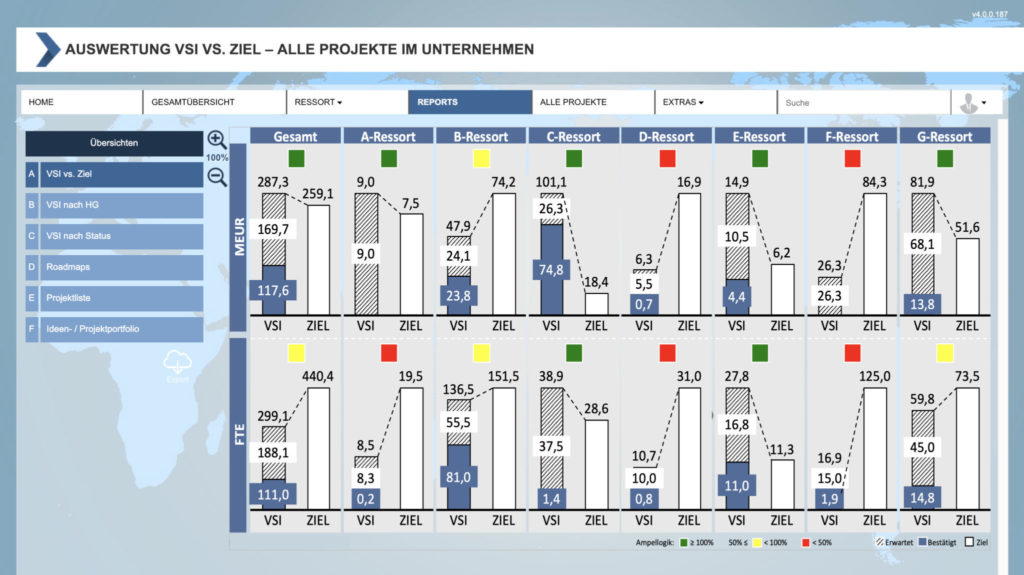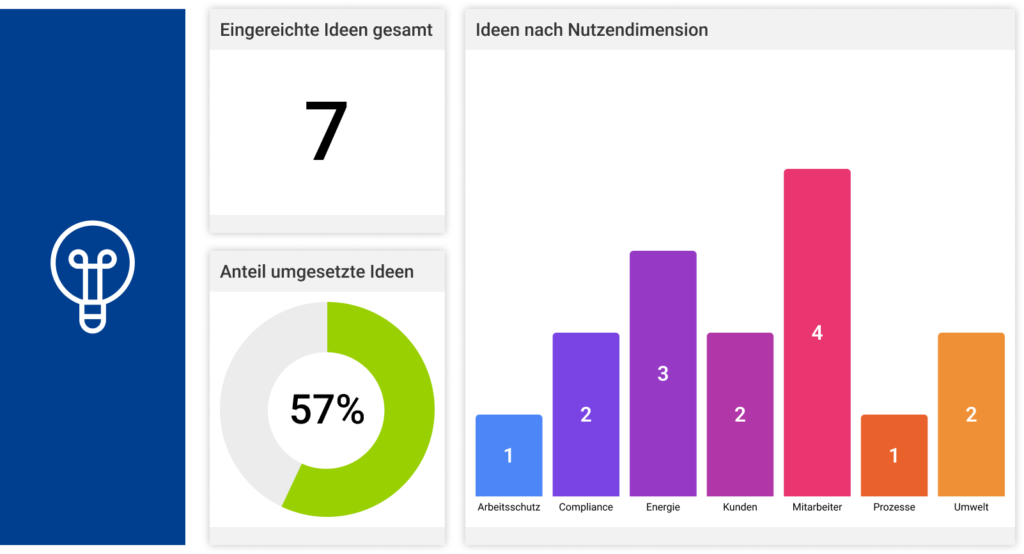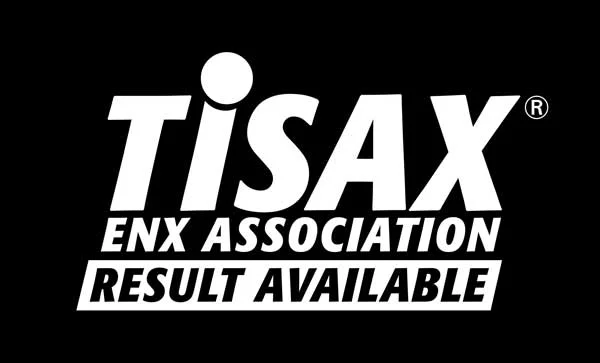Globalisation, technological change, data protection, cyber defence as well as all of a sudden pandemic management, shifts in demand, declining orders, delivery stops and payment defaults – cost reduction measures are indispensable for a lot of companies in view of the current challenges. While cost reductions are generally an ongoing task for every company to increase productivity – which is not always popular with all stakeholders – they are also acutely needed to overcome an (economic) crisis. The ultimate goal is to achieve an undiminished output or benefit with a lower input. In the ideal case, it is even possible to reduce costs and at the same time enable growth. Successful companies often invest their savings in business expansions, research and development or marketing. Effective cost management comprises hereby much more than just reducing costs.
While global cost-cutting efforts continue to increase, almost 90% of German companies are missing their set targets, according to a Deloitte study 2019 on strategic cost transformation. So how can cost reduction measures be successfully managed?
In any case, it must first be determined which costs are actually incurred. Then it must be checked which of these are necessary and appropriate, because they are responsible for the performance and competitiveness of the company. Conversely, it must be examined which of the costs can potentially be saved because they are arbitrary, excessive or “nice-to-have”. A distinction is thus made between “good” and “bad” costs. In addition to overcapacities and loss-makers, strengths that are not decisive for the long-term strategic success of the company should also be cut back. However, not without first examining the concrete consequences and risks associated with the targeted cost savings.
The review of costs should therefore not be based on a gut feeling, but should be measured and tracked using objective indicators. Various methods of (cost) management can be applied, such as Six Sigma (systematic approach to process improvement using analytical and statistical methods).
This is not only fundamental for the analysis of the risk profile, but also essential for transparent communication of the measures to the affected stakeholders inside and outside the company.
In addition to a short-term increase in efficiency, it is important to pursue the sustainable optimization of the entire value creation process throughout the company (Business Process Reengineering) and to continuously improve it (Continuous Improvement Process; CIP).
Effective cost reduction management with MSO
To ensure that the effect of cost savings does not fizzle out, it is advisable to plan, control and track the entire transformation process using a tool such as MSO TRACK. According to the Deloitte study 2019 on strategic cost transformation, more than half of German companies see their difficulties in the realization of cost reduction measures as being due to insufficient experience, inconsistent company actions, inadequate or incomplete reporting and a lack of understanding and acceptance among the workforce.
The establishment of a PMO (Project Management Office) as a central point for the control of (multi-) project management helps to accompany the complex process from the preparation stage on, to control tasks and teams as well as to conduct reviews. It promotes and supports the development of methods, processes, tools, templates, multi-project reporting, project leadership and project portfolio management. MSO supports the introduction and technical implementation of the PMO with a focus on maximum transparency and close involvement of all stakeholders – from external consultants to management and every single employee.
Because only if every level is involved in the process from the very beginning, a long-term, comprehensive anchoring in the company can be achieved. The MSO TRACK tool, in turn, supports the PMO in ensuring the success of the project. The MSO TRACK software links key figures, KPIs, organizational, product and market structures, committees, processes, communication data and reporting – thus mapping the PMO’s success factors to ensure the program success of the cost reduction measures.
Cost transformation in the digital age by means of AI
Successful cost transformation can increasingly be promoted through the use of digital technologies and processes, data analysis and artificial intelligence (AI). An automated analysis of large, complex and initially unstructured data sets (Big Data; Data Cube) facilitates the evaluation of potentials and risks and creates immediate transparency throughout the organization. An investment in AI-based technologies and tools pays off not only in terms of cost saving programs, but also opens up new growth potential and secures the long-term sustainability of the company in the digital age.
According to a Statista report of 2018, worldwide revenues of more than 31 billion US$ are expected with enterprise applications in the field of AI as early as 2025. In their book “Understanding Artificial Intelligence”, Ralf T. Kreutzer and Marie Sirrenberg define in a simplified way: The core of artificial intelligence consists of independently processing large amounts of data, recognizing patterns in them and making autonomous decisions and/or predictions based on them. AI applications for such tasks are often faster and – depending on the system – also cheaper. With the tools from MSO, you can already today evaluate the dimensions of your data cube as you wish via categories and reporting, thus taking a first step towards “smart” cost transformation.
